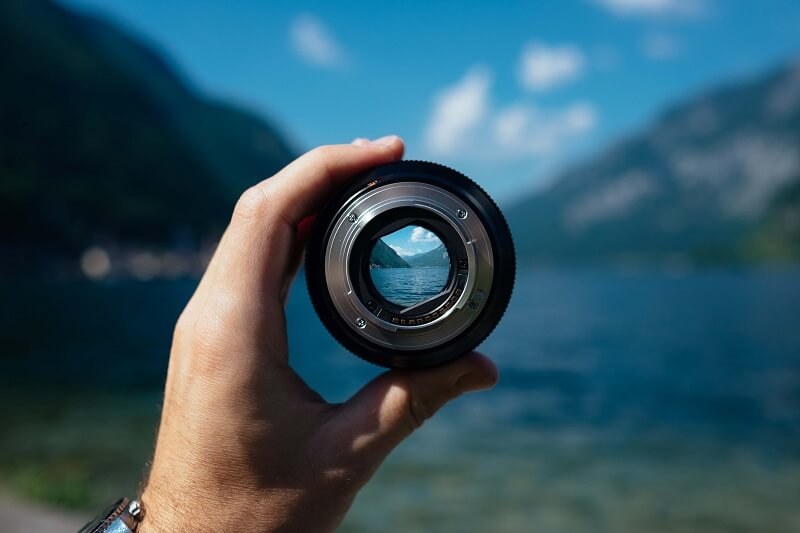
Capturing stunning landscapes through photography is a deeply rewarding and creative pursuit. Whether you’re an aspiring photographer or a seasoned pro, there’s always more to learn and discover in this genre. In this comprehensive guide, we’ll delve into the art of landscape photography, covering techniques, equipment, and creative approaches to help you capture breathtaking scenes in nature.
Choosing the Right Equipment
Selecting the appropriate gear is crucial for landscape photography. A good DSLR or mirrorless camera with interchangeable lenses provides flexibility and high-quality results. Wide-angle lenses are popular choices for landscapes, allowing you to capture sweeping vistas and emphasize foreground elements. Don’t forget a sturdy tripod to keep your camera steady, especially during long exposures.
Mastering Composition
Composition is the foundation of compelling landscape photography. Explore the rule of thirds, leading lines, and framing techniques to create visually pleasing images. Experiment with foreground elements to add depth and dimension to your shots. Pay attention to the golden hour—the period shortly after sunrise and before sunset—when the soft, warm light enhances the beauty of landscapes.
Understanding Exposure and Settings
Achieving the correct exposure is vital in landscape photography. Learn to balance shutter speed, aperture, and ISO to control the amount of light hitting your camera’s sensor. Smaller apertures (higher f-numbers) result in greater depth of field, ideal for capturing sharp details throughout the frame. Use filters like ND (neutral density) and polarizers to control exposure and reduce reflections.
The Magic of Long Exposures
Long exposure photography can transform landscapes into ethereal scenes. By using a slow shutter speed, you can capture the movement of water, clouds, or stars to create dreamy and surreal effects. To achieve this, you’ll need a tripod and may also require ND filters to limit the amount of light entering the lens.
Post-Processing and Editing
Post-processing plays a significant role in landscape photography. Editing software like Adobe Lightroom and Photoshop allows you to fine-tune colors, contrast, and sharpness. HDR (High Dynamic Range) techniques can be employed to merge multiple exposures and capture a wider range of tones. However, remember that subtlety is key in editing—enhance, but don’t overdo it.
Conclusion
In conclusion, landscape photography is a captivating blend of art and technique. Choosing the right equipment, mastering composition, understanding exposure settings, experimenting with long exposures, and using post-processing wisely are essential components of capturing stunning landscapes. However, the most crucial element is your creative vision. Always be patient and observant, as the natural world offers endless opportunities for breathtaking photographs. So, venture into nature, explore different landscapes, and let your imagination guide you as you embark on this incredible photographic journey.
